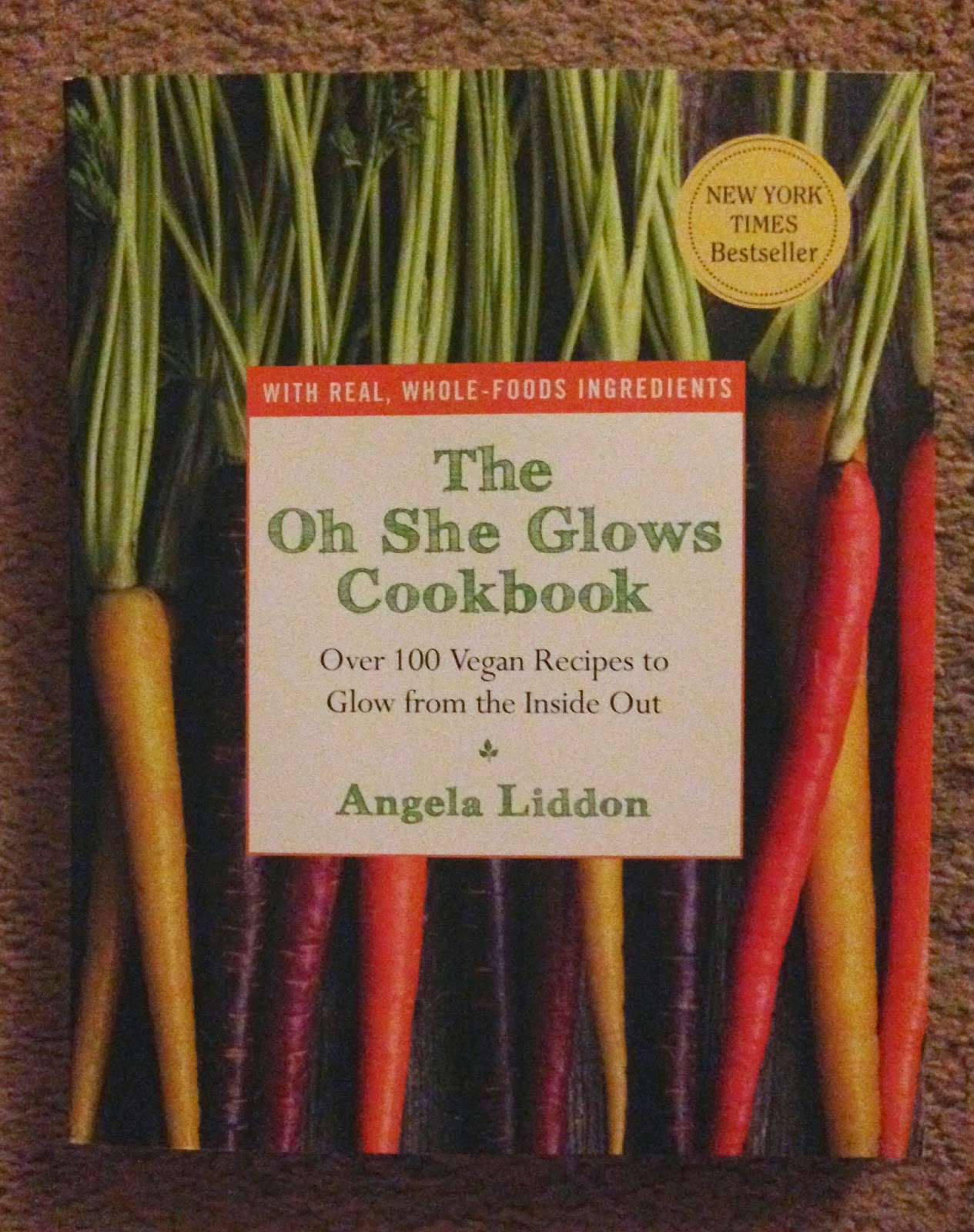One of my local Whole Foods, in Dedham, offers all kinds of cool cooking demonstrations and classes at their Culinary Center. Some are free, some are $10.00, some are $5.00. All are so worth it. I have been to a couple in the past and attended a Sushi and Sake class last night with two of my work friends, Danielle and Kristen.
We walked in to a lovely sushi spread ready to go. We had small glasses lined up prepared for the tasting, steamed edamame pods lightly salted for snacking, soy sauce, wasabi, chopsticks and a plate. Time for sushi and sake!
Sushi, I love. Sake, I am not as familiar with. My husband and I have had some brushes with it, some good, some not so good. This $10.00 class was a great way to get education about sake and eat sushi. Who can say no to that?
Our first sushi was a summer roll with rice paper and peanut chili sauce. I forgot a picture of this one (oops) but you can see the sauce in the above picture. Also above, the next piece was an albacore sashimi that was lightly seared but extremely fresh.
Next was a typical "inside out" sushi (if the seaweed is on the outside, it is traditional sushi). This had avocado, cucumber, and avocado with brown rice. We also had two types of salad, a seaweed salad, below, and a calamari salad (not pictured).
We also had a tempura shrimp with spicy mayo. It was amazing combination of crunchy, spicy, and fresh.
Our dessert was mochi with an ice cream on the inside
We tried 4 kinds of sake that paired very well with the different sushi/salads/mochi that we had. Sake is becoming more and more popular in the US which has lead to the creation of mass-produced "table sake." These sakes are not of the high quality that sake from Japanese breweries are made from. The Premium kinds are what you want to go for and are best enjoyed chilled (not hot). The grades are dependent upon how milled the rice is when brewed (ranging from 30% milled away to 50% milled away). Basic sake is rice, water, and yeast but some brewers add a spirit made from sugarcane for a different flavor profile. Many brewers in Japan have been around for generations and hundreds of years. Some don't even have an exact recipe!

Sake has about the same alcoholic content as wine but has a fresher, cleaner taste. There tends to be less calories in sake compared to wine along with being gluten-free and a lot of the time, kosher. We tried 2 junmai's, a junmai nigori (meaning unfiltered and must be shaken before serving), and a junmai ginjo. Refer to the above reference sheet (excuse my notes).
Kristen, Danielle, and I will be going to another Whole Foods demonstration for wine and small bites at the end of March so we are super excited about. The Culinary Center is going to know us by name shortly. I think they already do...



















































